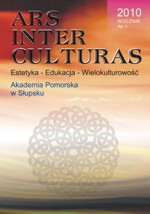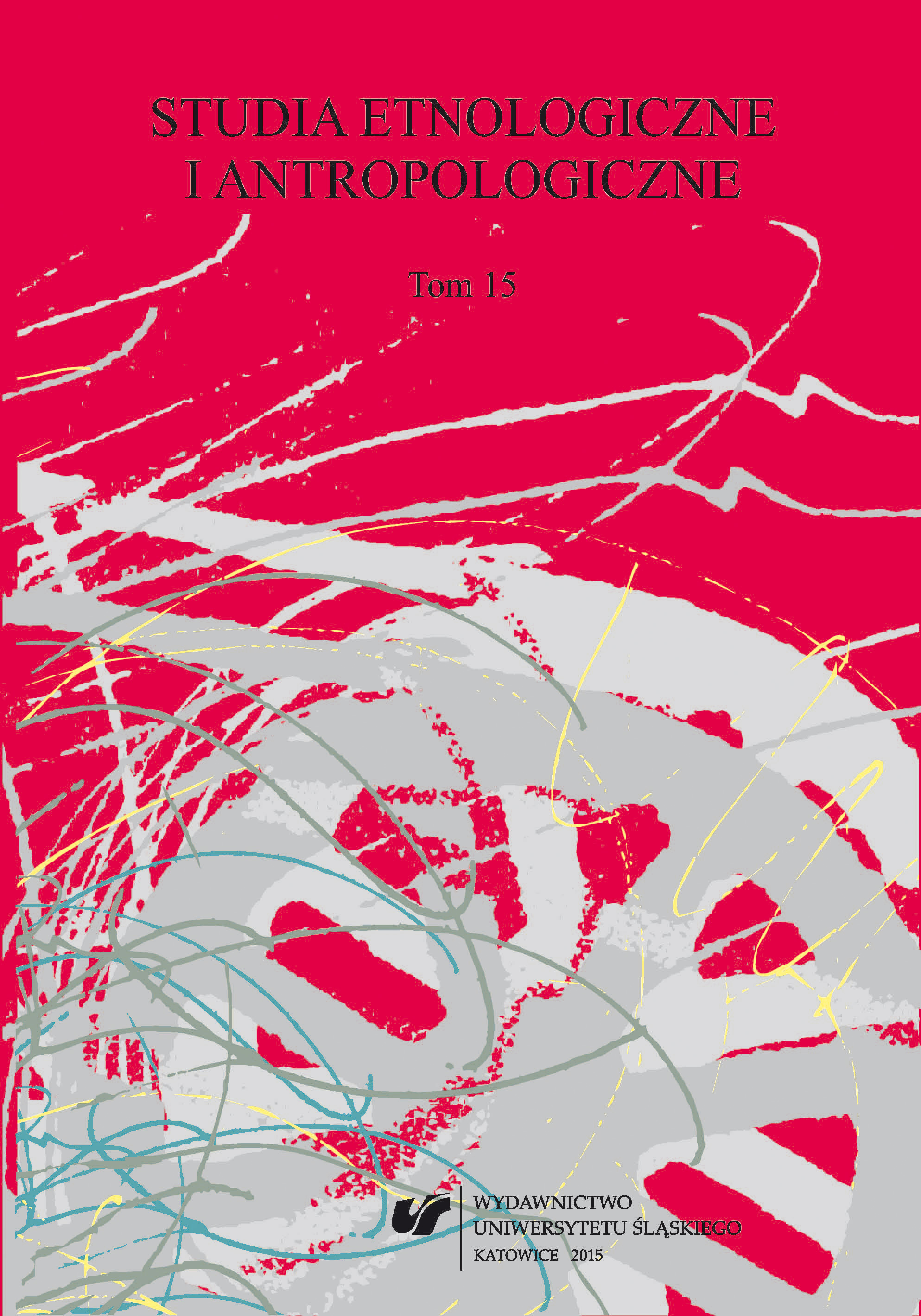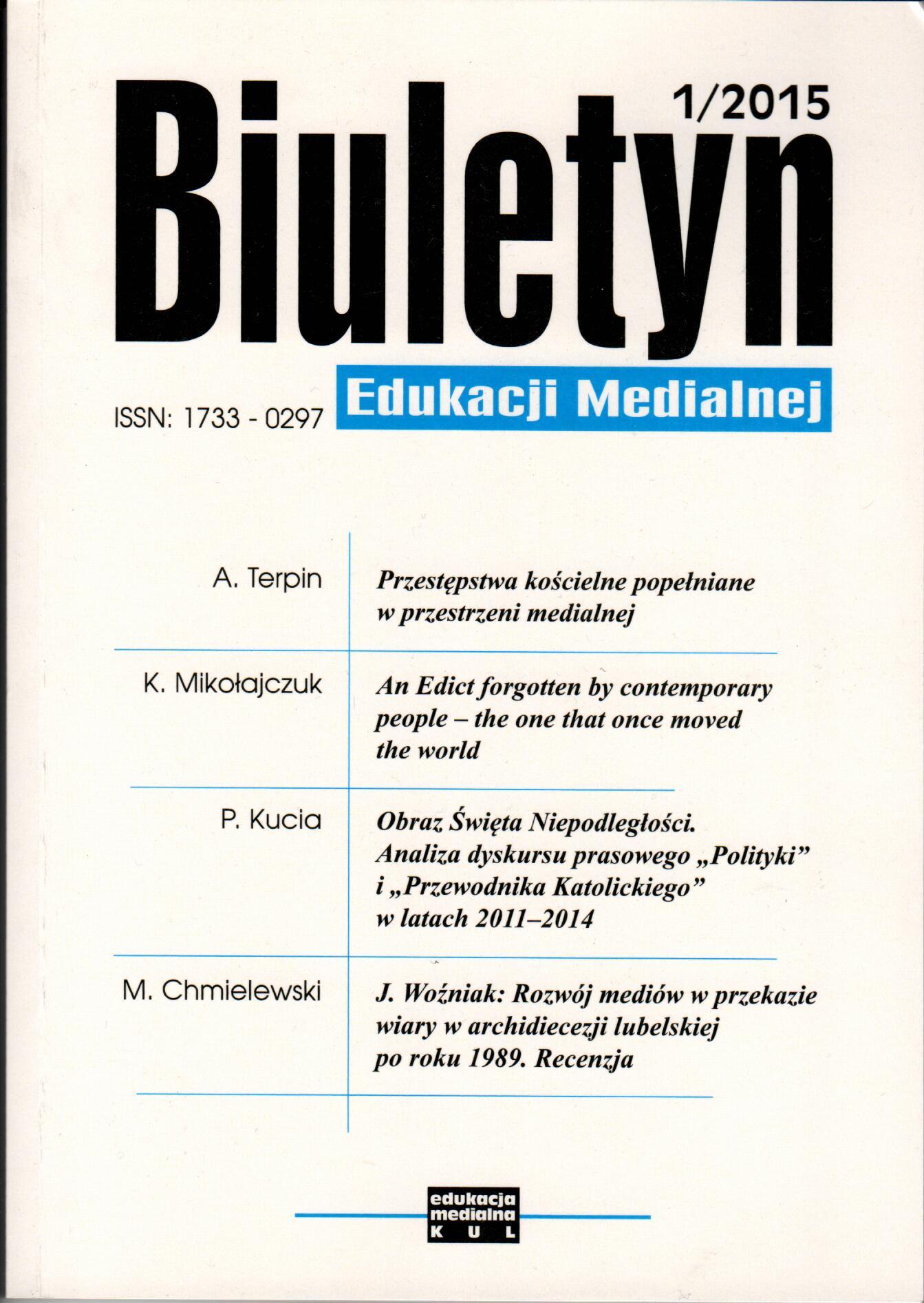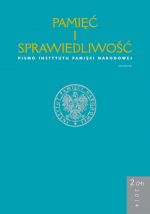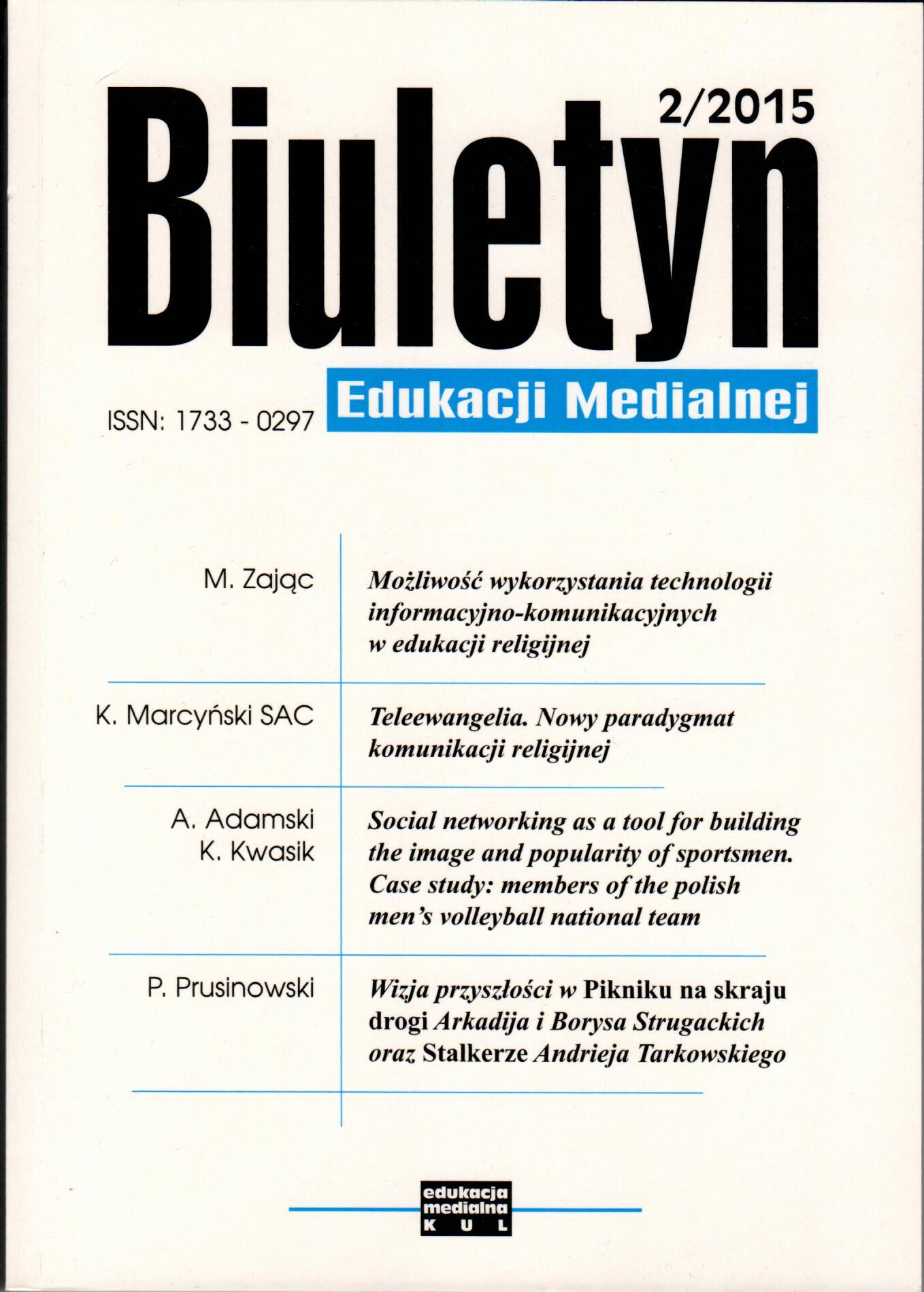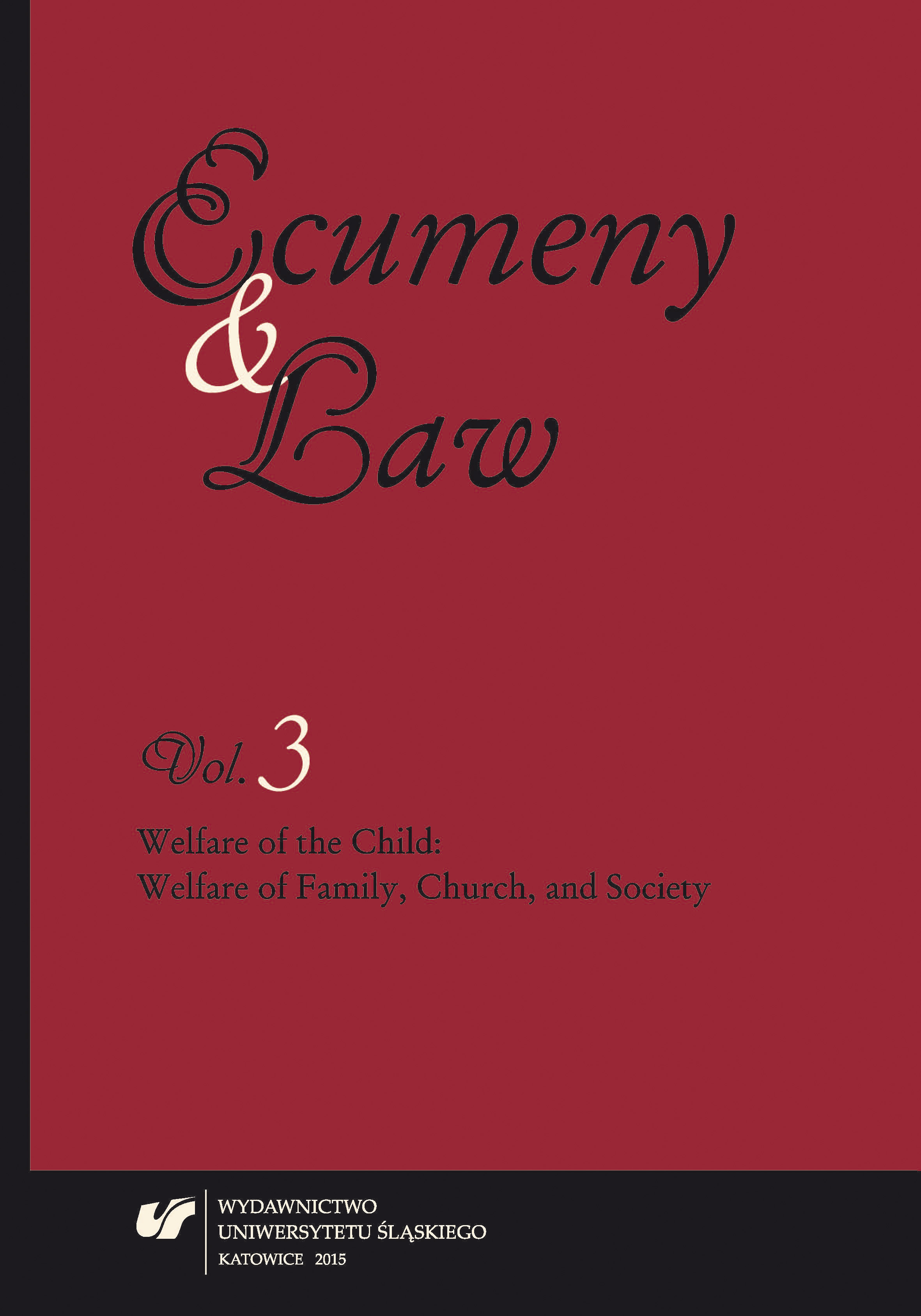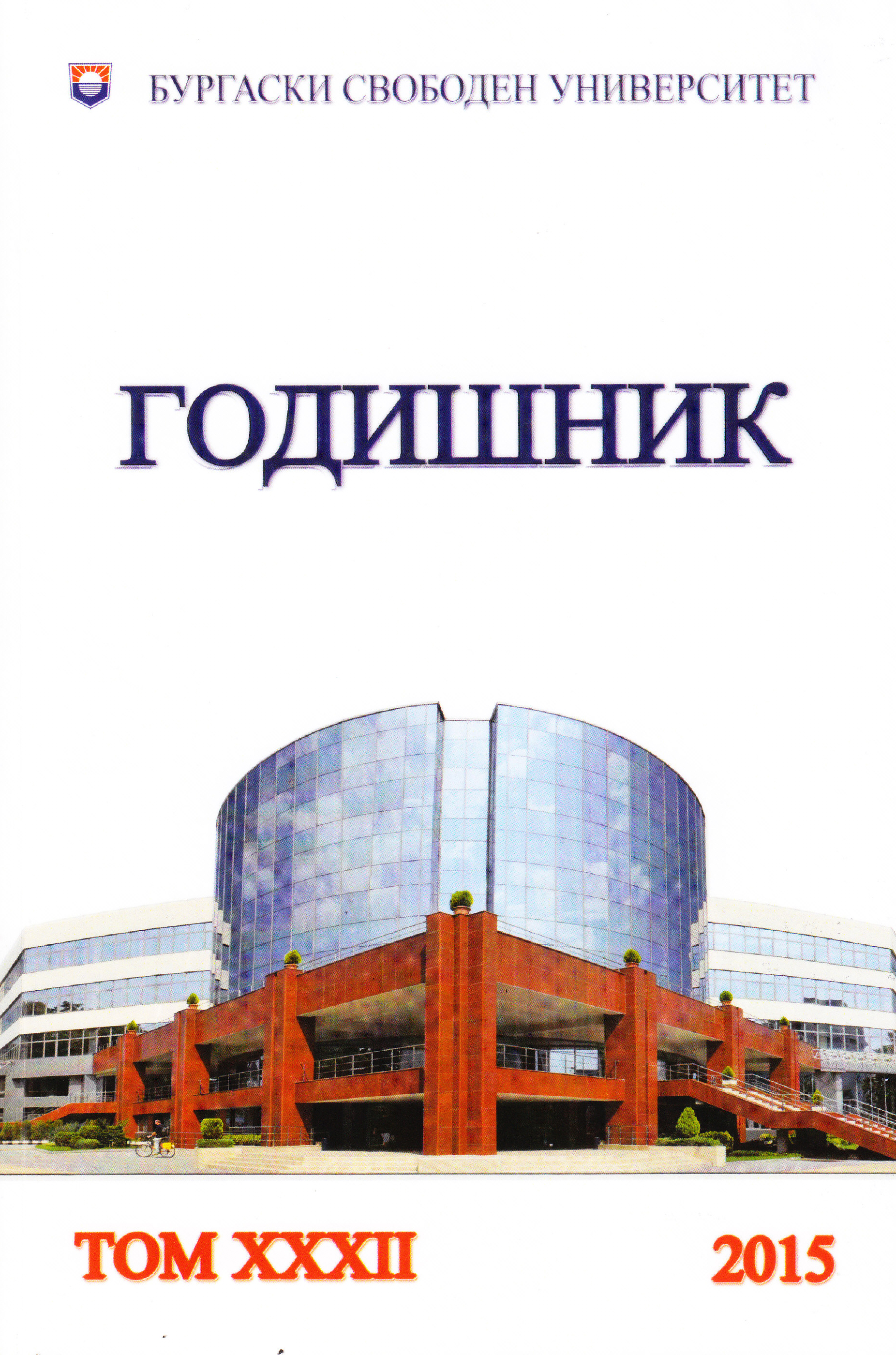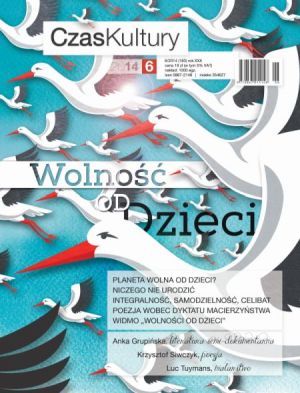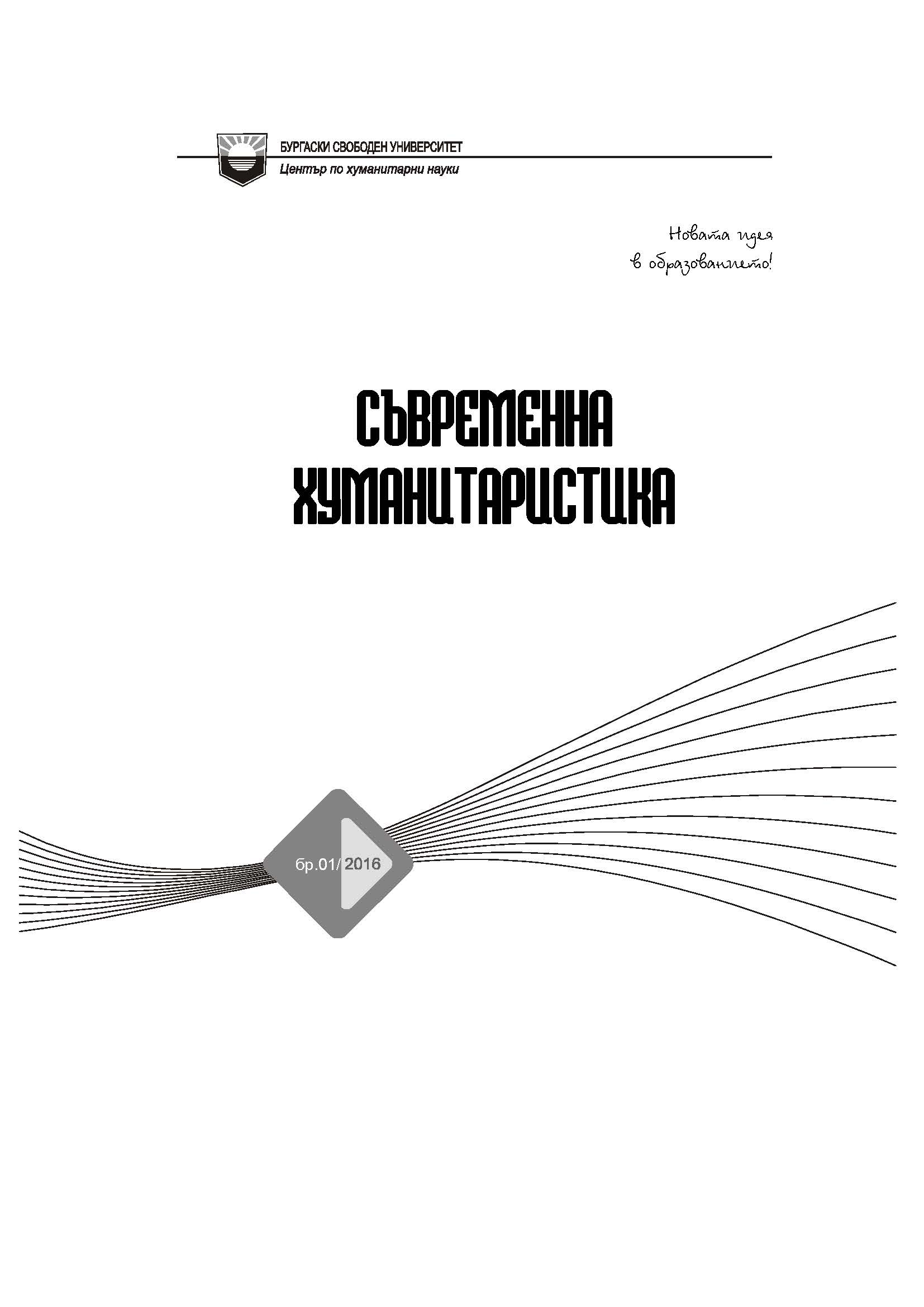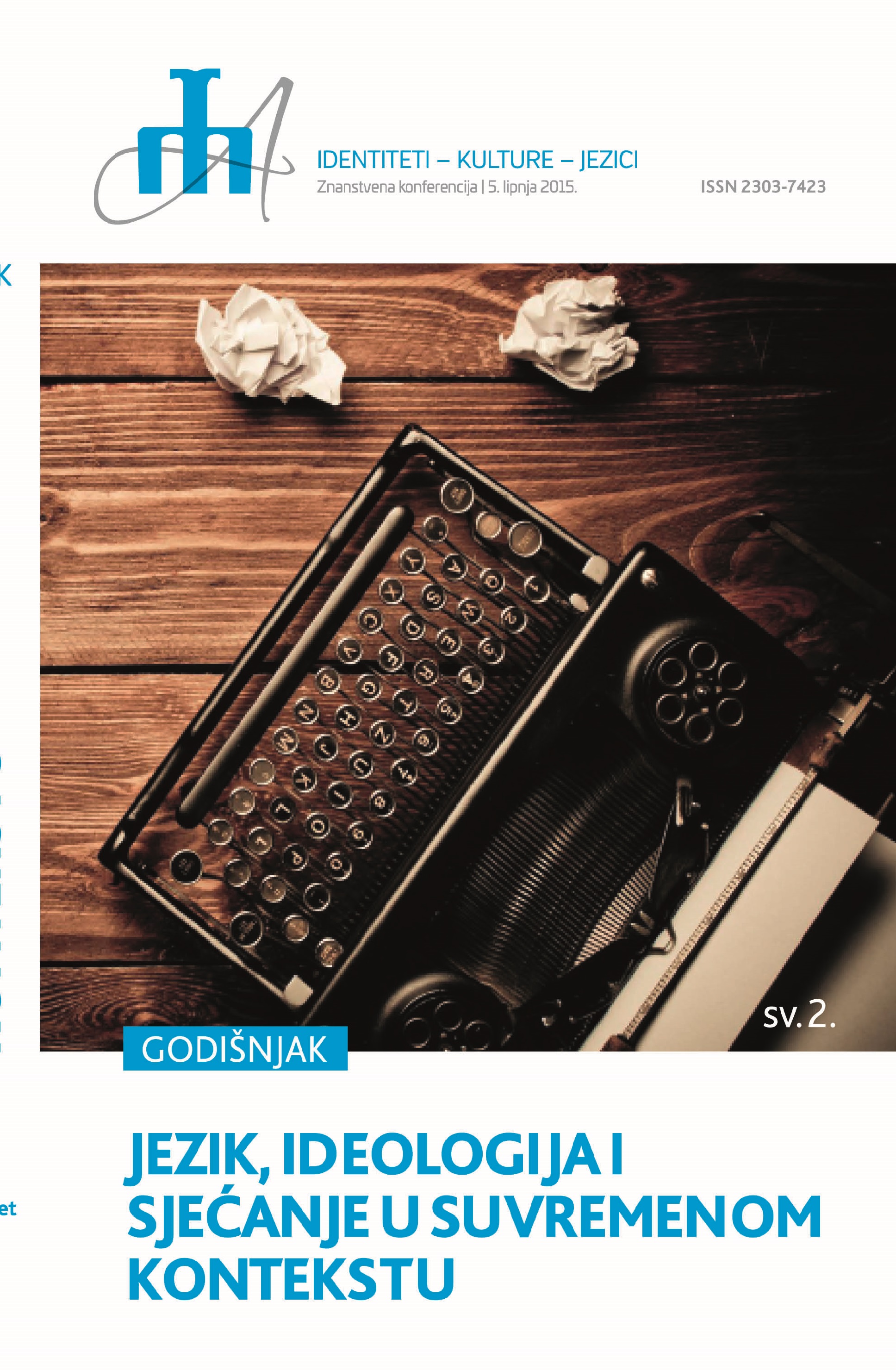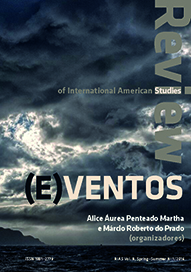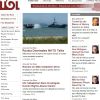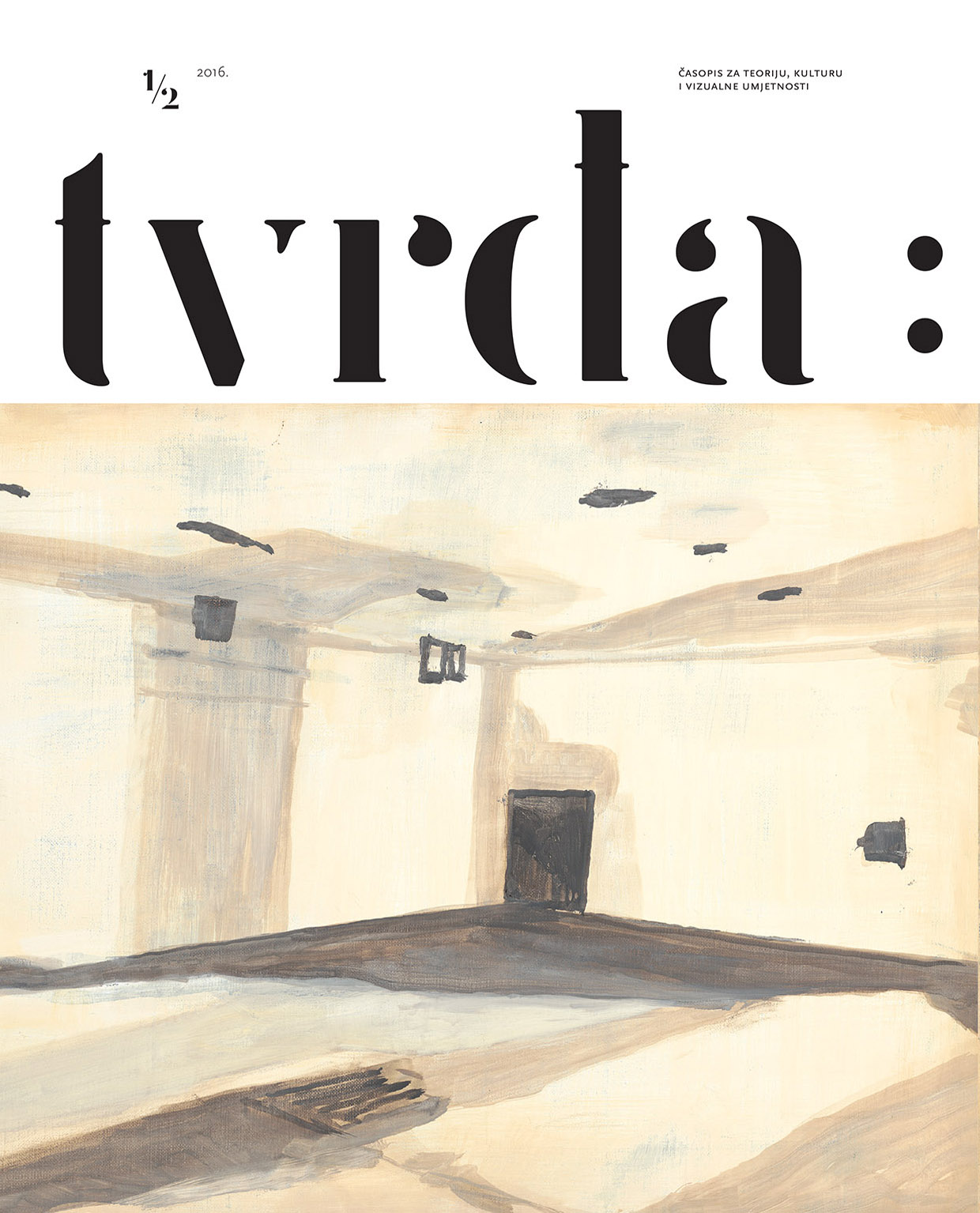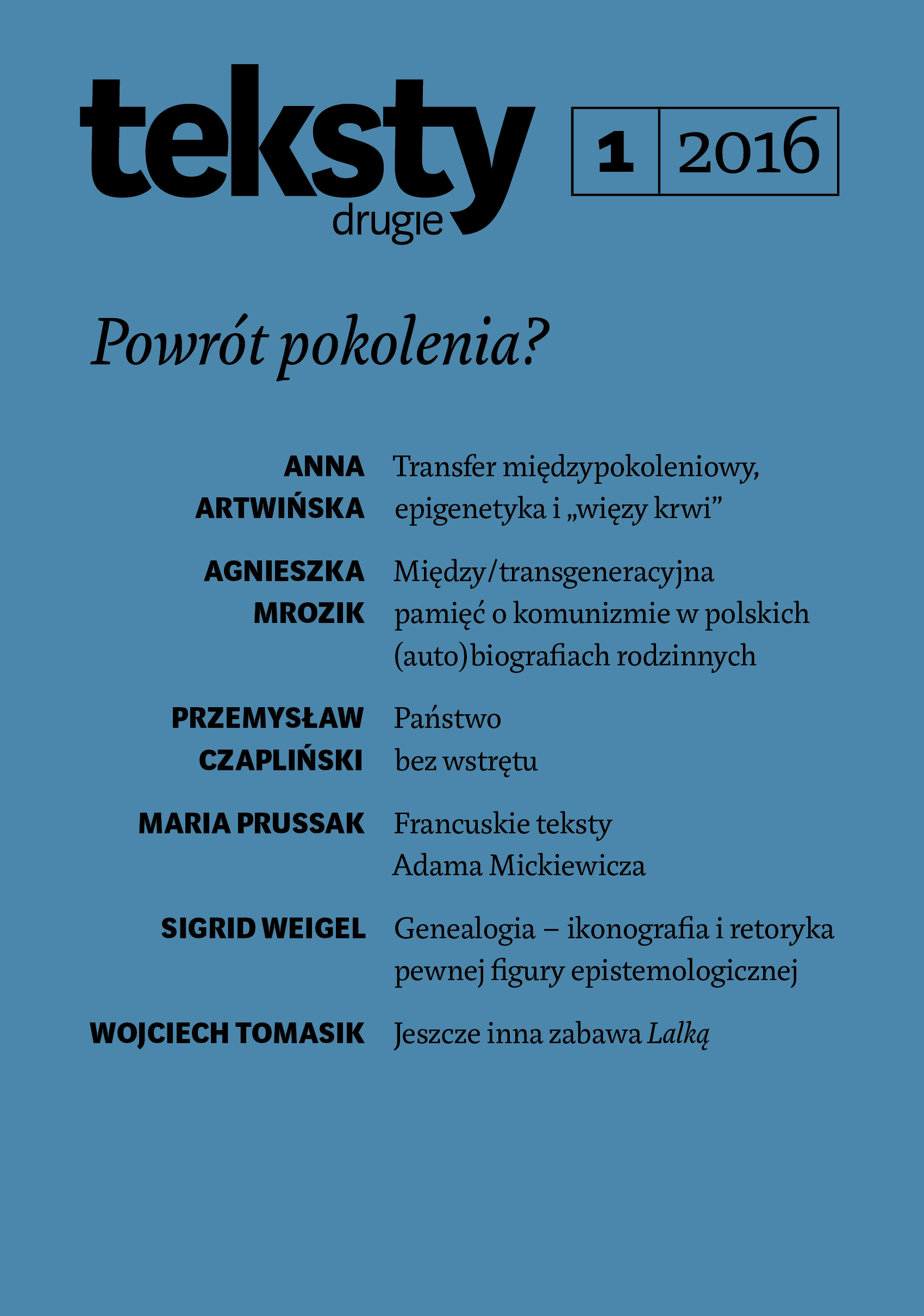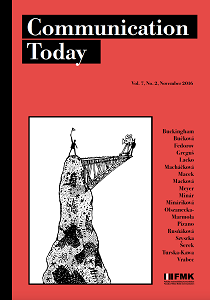Author(s): Jarosław Chaciński / Language(s): Polish
Issue: 1/2010
Im vorliegenden Beitrag geht es um eine Analyse des Verstehensprozesses von anderen Musikkulturen im Lichte der zu diesem Thema zugänglichen Fachliteratur. Das Hauptproblem, das in dem Kontext formuliert wurde, ist folgende Frage: In welchem Ausmaß ist eine europäisch geprägte Enkulturation und musikalische Bildung, die auf Methoden des Musikhörens und den damit verbundenen Bewertungen beruht, durch das Verstehen der Phänomene anderen musikalischer Kulturen erschwert worden? Zur Klärung dieses Problems wird sowohl die Theorie von W. Gruhn über die Ebenen von musikalischen Verstehens herangezogen, als auch die Meinungen anderer Autoren (Z. Lissa, P.W. Schatt, G. Kleinen, M.P. Baumann, K.H. Ehrenforth) über die Schwierigkeiten, die während des Erwerbs von Kompetenzen des Musiklernens aus einem anderen Kulturkreis auftreten können. Man hat auch die sogenannte Bimusikalität beschrieben, also
den Mechanismus, dass bei einem Europäer ein Potenzial besteht, europäische und außereuropäische Musik unabhängig wahrnehmen und verstehen zu können. Danach folgt eine Charakteristik der Musik, die man als Sprache interkultureller Kommunikation interpretiert. Es wird das Dilemma, dass Musik als eine universelle oder als nur für eine bestimmte Kultur spezifische Sprache betrachtet wird, hervorgehoben. Dabei wird versucht, die ethnischen und nationalen Paradigmen der musikalischen Sprache zu definieren.
Im Rahmen dieses Artikels werden auch einige europäische musikalischen Konventionen aus dem XIX. und XX. Jahrhunderts analysiert, in denen Komponisten auf verschiedene Art und Weise die Kunst anderer Kulturen in ihre Werke integrierten. Es wird auf die Evolution dieses Prozesses hingewiesen, in dem eine ursprüngliche, naive und mit kulturellen Vorurteilen überfüllte Form des Zitierens von außereuropäischer Musik zum mehr bewussten und vertieften schöpferischen Prozess umgewandelt wurde. Letzteres ist zu den wichtigen kompositorischen Inspirationen gewachsen. Diese Analyse wird um eine Charak-
teristik von einigen musikalischen Beispielen ergänzt (Debussy, Puccini, Mahler, Mesiaen, Cage und Stockhausen). Zum Schluss wird die Bedeutung außereuropäischer Kulturen in zeitgenössischer Musik hervorgehoben, die die europäische kulturelle Erbschaft bereichert und neue Richtungen zum Erlernen und Verstehen von anderen Musikkulturen auf dem Wege des Dialoges inspiriert.
More...
